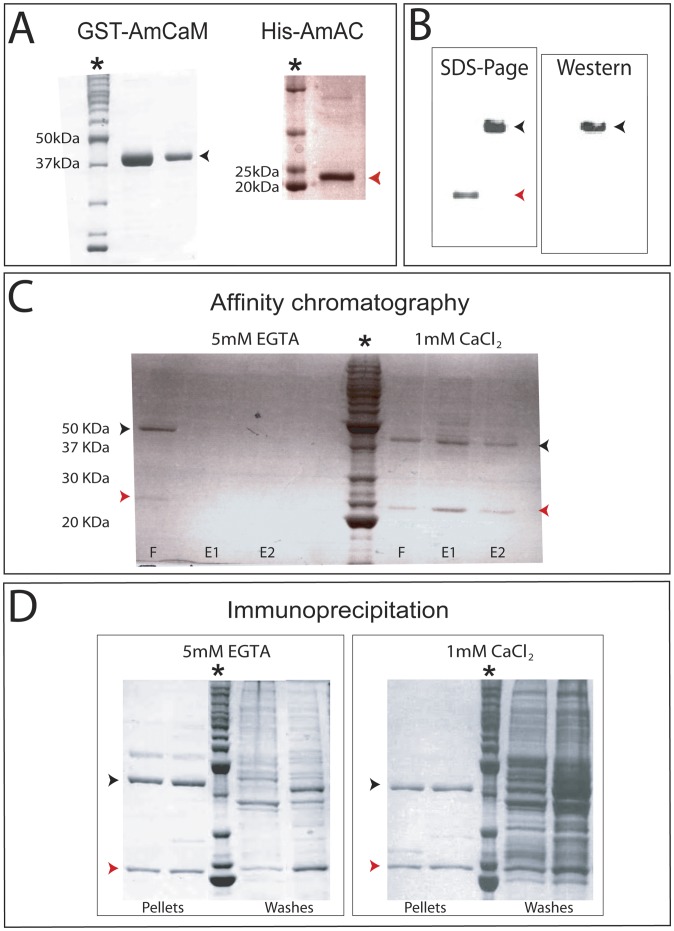Figure 3. The Acrocalcin and calmodulin proteins interact in vitro.
(A) Purity of preparations of the recombinant proteins used in the in vitro interaction experiments: Acropora calmodulin carrying an N-terminal GST-tag (GST-AmCaM; ∼42 KDa) and Acrocalcin bearing an N-terminal poly-His tag (His-AmAC; ∼24 KDa). (B) Polyclonal antibody against human canonical calmodulin specifically recognises recombinant AmCaM (black arrow), whereas recombinant AmAC (red arrow) is not recognised. (C) In the presence of Ca2+ (right panel), AmCaM is retained on a Ni-NTA affinity column via its interaction with the recombinant AmAC that attaches to the matrix via the poly(His) tag that it contains, whereas in the absence of Ca2+ (left panel) neither protein is retained by the column. (D) Recombinant AmAC is co-precipitated with AmCaM after incubation with antibody against human calmodulin (agarose-conjugated human CaM-I antibody; Santa Cruz) both in the presence (right panel) and absence (left panel) of Ca2+. GST-AmCaM (black arrows). His-AmAC (red arrows). Flow through (F), Elution 1 (E1), Elution 2 (E2). Protein markers (asterisks).

